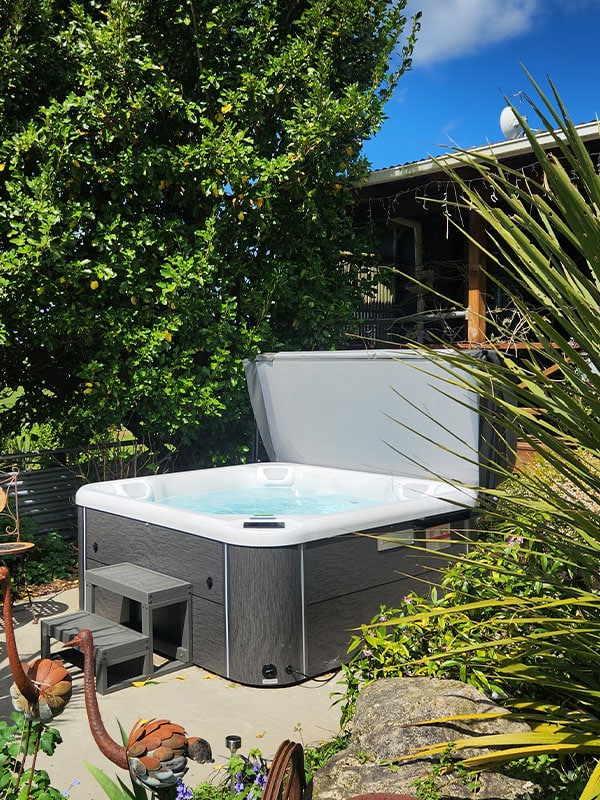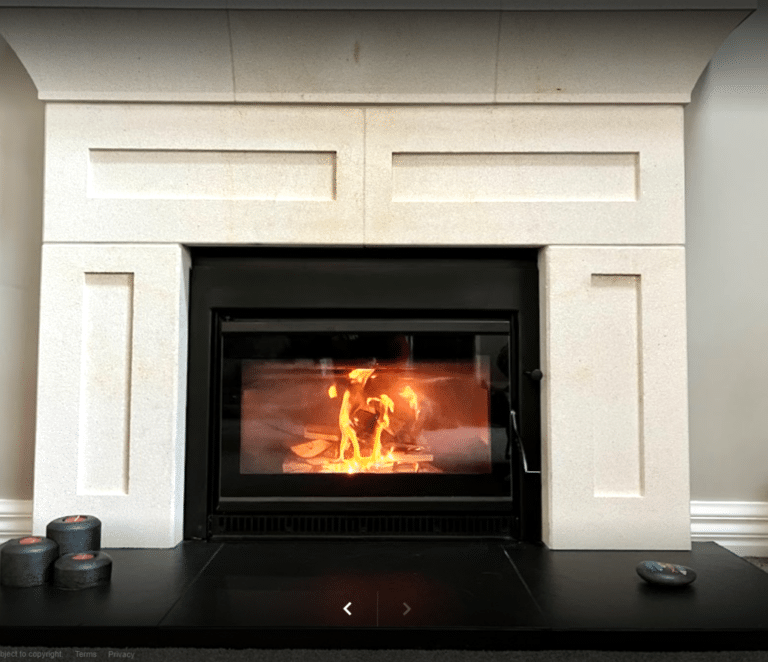Getting braces is a major decision, not just for your teeth but for your finances. Orthodontic treatment is a long-term investment, and for families in Auckland suburbs like Epsom, Takapuna, Howick, and Warkworth, knowing what to expect financially can make a world of difference.
From understanding cost ranges to knowing where and when to save, this guide breaks down the real-world numbers and practical tips every patient and parent needs to make informed decisions.
Key Takeaways
- Braces in Auckland typically cost between $7,000 and $12,000 depending on treatment type and complexity
- Suburb location, provider experience, and appliance choice significantly influence pricing
- Payment plans, insurance options, and public support schemes can ease financial pressure
- Planning ahead with the right questions can prevent hidden fees and future regrets
- Cost transparency and value-based decisions ensure better long-term treatment outcomes
The Real Cost of Braces in New Zealand
Typical price ranges for kids and adults
Most full orthodontic treatments in New Zealand fall within the $7,000 to $12,000 range. Children’s treatment often lands at the lower end, especially when started early before jaw development is complete. This allows simpler corrections over shorter timeframes.
Adult braces tend to cost more, due to longer treatment timelines and more complex alignment issues. Adults also frequently require additional procedures like tooth extraction or periodontal care prior to orthodontic treatment.
Ceramic braces or clear aligners also increase costs. Metal braces remain the most affordable option, but many patients opt for less visible alternatives even at a higher price. In some cases, the difference in cost between metal and clear appliances can exceed $2,000 depending on the clinic.
What affects the final price tag?
A range of factors influence how much braces end up costing:
- Treatment duration: Longer plans require more appointments, monitoring, and adjustments
- Appliance type: Metal, ceramic, clear aligners, or FastBraces each come with different costs
- Case complexity: Crowding, jaw alignment, or previous dental work can affect planning and duration
- Provider experience: Orthodontists with advanced training or in-demand reputations may charge more
- Technology used: Clinics that utilise 3D imaging, intraoral scanners, or remote monitoring may have different pricing models
Some clinics include retainers, emergency visits, or follow-up care in their packages, while others bill these separately. Always confirm what’s included before committing. A comprehensive quote upfront can prevent misunderstandings later.
What Auckland Patients Are Paying Right Now
Local examples from Epsom, Takapuna, Howick, Warkworth
Recent forum discussions and clinic reports reveal that Auckland patients are paying:
- Epsom: $8,000 for full metal braces, 24-month plan, with a $1,000 deposit and $350/month thereafter. Includes fixed retainers.
- Takapuna: $10,500 for ceramic upper and metal lower braces, with treatment spanning 22 months. The package includes two years of post-treatment retainers and all adjustments.
- Howick: $7,500 for standard metal braces with monthly check-ups. Retainers were not included and cost an additional $500 after treatment.
- Warkworth: $9,200 for clear aligners on a 16-month plan. Pricing included four refinement stages and quarterly review appointments.
Most families opt for deposit-based payment plans spread over 18 to 24 months. Clinics often run consultations free of charge, but not all offer itemised breakdowns without asking. It’s important to request a full treatment plan in writing, including likely duration and expected number of visits.
Are Cheaper Braces Really Worth It?
Risks of chasing low-cost providers
The temptation to save thousands by going with the lowest quote is understandable. But braces are a medical treatment, not a commodity. Many Aucklanders looking to save on orthodontic care consider mail-order aligners, but DIY clear aligners carry serious risks most families aren’t told about. Choosing a provider based on price alone can backfire in several ways:
- Redo work: Incomplete or poor-quality treatment may require correction by another specialist, increasing total costs
- Lack of early intervention: Clinics offering discount packages may skip early assessments that prevent more complicated issues later
- Post-treatment problems: Poor alignment can lead to TMJ issues, headaches, enamel erosion, or speech problems if not addressed correctly
Parents and adult patients alike should weigh cost against credentials. An NZ-registered orthodontist with specialist training is almost always worth the extra upfront investment. Trust and reputation also matter—look for consistent online reviews and community engagement.
Planning Ahead: Tools and Tips for Budgeting
Payment plan options most clinics offer
Many Auckland clinics provide flexible payment options to make braces more accessible. These often include:
- 12 to 24-month interest-free instalment plans with automatic deductions
- Upfront discount incentives for lump-sum payments of 5 to 10 percent
- Family plans with discounts for siblings or combined treatment start dates
Some providers also allow additional flexibility in treatment timing, which can spread costs over multiple calendar years. This is especially useful for families budgeting around school years or insurance cycles.
Insurance, WINZ, and community grants
While New Zealand’s public health system does not typically fund orthodontics, some support options exist:
- Private dental insurance: May cover initial consultations or a portion of ongoing treatment, depending on policy terms
- WINZ Disability Allowance: Available in limited cases for functional dental needs with supporting documentation
- Charitable foundations: Local trusts and school-based programmes occasionally assist with costs for eligible children, especially in cases involving bullying or self-esteem impacts
Families should explore these options before assuming full out-of-pocket responsibility. Dental providers often help prepare documentation or refer patients to the right contacts.
What to ask at your consultation to avoid hidden costs
It’s easy to get blindsided by unexpected costs mid-treatment. Ask these questions upfront:
- Are retainers included in the quoted price?
- Are emergency appointments or repairs charged separately?
- What happens if treatment takes longer than expected?
- Are missed appointments penalised with additional fees?
- Will follow-up care after treatment (such as retainer checks) be billed separately?
These questions can save hundreds in unplanned expenses and help make accurate comparisons across providers. A good orthodontic practice will answer clearly and offer all costs in writing before you sign anything.
Final Word on Value vs Price
In orthodontics, value doesn’t come down to just the dollar figure. A slightly more expensive provider who prevents extraction, achieves better symmetry, or reduces treatment time can deliver significantly more value over time. Auckland patients benefit most from providers who combine clinical skill with transparent pricing and long-term care.
When it comes to oral health, short-term savings can easily lead to long-term regret. Choosing a provider with a clear treatment philosophy, proven results, and an open-book approach to pricing often leads to the best outcomes. Braces are not just cosmetic—they shape bite alignment, facial profile, and future dental stability.
Planning ahead with realistic expectations and a full understanding of costs puts patients in control. With the right questions and a clear financial plan, getting braces becomes less of a financial strain and more of a smart, manageable investment in lifelong dental health. By treating cost as one piece of a larger value equation, families can move forward with clarity and confidence.




